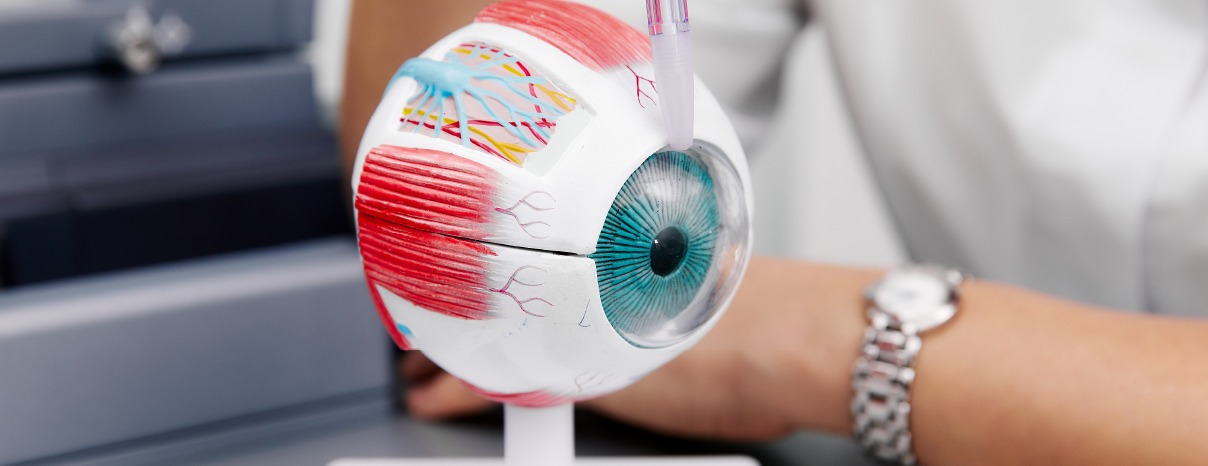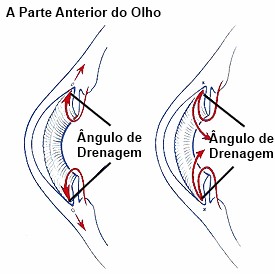
Glaucoma
Disease
What is Glaucoma?
Glaucoma is a degenerative disease which affects the optic nerve and can cause progressive and painless loss of vision.
It is characterised in the early stages by loss of peripheral vision. As the disease progresses the loss of vision progresses, reaching central vision loss in a terminal phase.
Glaucoma is one of the main causes of blindness in Portugal, especially among older people. It is a disease of the optic nerve that arises from increased intraocular pressure - pressure inside the eye. This optic nerve is responsible for taking the images we see to the brain and the greater the pressure inside the eye, the greater the possibility of damaging the optic nerve will be.
The optic nerve is like an electrical cable containing a huge number of wires and glaucoma, by damaging the nerve fibres, causes blind spots to develop. Often people notice these blind spots after the optic nerve has already been damaged and if the whole nerve has been destroyed, blindness occurs.
Vision loss from glaucoma is preventable if treatment is sought early in the disease. Early detection and treatment of glaucoma by an ophthalmologist are key steps in preventing optic nerve damage and blindness caused by glaucoma.
Causes of glaucoma
A clear liquid, called aqueous humour, moves in and out of the eye. This liquid is not part of the tears on the outer surface of the eye.
Imagine the aqueous fluid flow as a sink with a tap running all the time. If the drainage area becomes clogged, the water gathers in the sink and the pressure increases. If the drainage area of the eye, called the drainage angle, becomes blocked, the fluid pressure inside the eye can increase, thus injuring the optic nerve.

The aqueous humour constantly flows inside the eye (left). If the drainage angle of the eye becomes blocked, the fluid cannot flow out of the eye (right).
Types of Glaucoma
There are two types of glaucoma: chronic open angle glaucoma and closed angle glaucoma.
Chronic open angle glaucoma is the most common form of glaucoma and occurs with the aging process. The drainage site or drainage angle of the eye becomes less efficient over time and the pressure inside the eye gradually increases. If this increased pressure results in damage to the optic nerve, it is known as chronic open angle glaucoma and over 90% of adult glaucoma patients suffer from this type.
In closed angle glaucoma the pressure in the eye increases rapidly and the drainage angle of the eye may become completely blocked. Symptoms include dull vision, severe eye pain, headache, rainbow haloes around lights and/or nausea and vomiting.
If you experience any of these symptoms you should immediately seek help from your ophthalmologist, otherwise closed angle glaucoma can result in irreversible vision loss (blindness).
Glaucoma detection
This loss of sight is irreversible and early diagnosis is important. From the age of 40, annual ophthalmological check-ups should be carried out to screen for Glaucoma.
The diagnosis is made by the ophthalmologist. The intraocular pressure is measured and the fundus is observed. Additional diagnostic tests are also carried out for special observation of the optic nerve, such as OCT and PEC (visual fields)
The best way to detect glaucoma is to have regular eye examinations with your ophthalmologist.
During a thorough and painless examination, your ophthalmologist will:
- measure your intraocular pressure (tonometry)
- inspect the drainage angle of your eye (gonioscopy)
- assess any optic nerve damage (ophthalmoscopy)
- test the visual field of each eye (perimetry)
Some of these tests may not be necessary for everyone. These tests may need to be repeated regularly to determine if the glaucoma lesion is increasing over time.
Groups at risk of developing glaucoma
Some of the risk factors for developing Glaucoma are: family history of the disease, age, myopia and high intraocular pressure. Black patients are more likely to develop this pathology.
The main factors to assess the risk of developing the disease are:
- age;
- myopia
- African origin;
- family history of glaucoma;
- previous eye injuries;
- history of acute anaemia or shock.
If you have any of the above factors, you are at greater than normal risk of developing glaucoma and should have regular check-ups for the early signs of optic nerve damage.
Your ophthalmologist should gather various information in order to assess your risk of developing the disease and take all factors into consideration in deciding whether you need treatment for glaucoma or constant surveillance because of suspected glaucoma.
Preventing sight loss
Vision loss can be prevented by having regular eye examinations.
You should have examinations as follows:
- every 3-5 years if you are up to 39 years old;
- every 1-2 years if:
- you are 39 years of age or older
- if any family members are glaucoma sufferers
- if you are of African origin
- if you have ever suffered any serious eye injury
- if you are taking medication
- if you are taking steroids.
CONTACTS
COIMBRA
Espaço Médico de Coimbra
Rua Câmara Pestana, n.º 35-37
3030-163 Coimbra, Portugal
Phone: +351 239 484 348 /Telm: +351 966 320 022
Fax: +351 239 481 487
E-mail: emc@oftalmologia.co.pt
AVEIRO
Rufino Silva - Clínica Oftalmológica
Av. Lourenço Peixinho, Nº 177-179, 2º andar
3800 - 167 - Aveiro
Tel: +351 234 382 847
Mobile: +351 918 644 767
E-mail: aveiro@oftalmologia.co.pt
FORM
COIMBRA
Espaço Médico de Coimbra
Rua Câmara Pestana, n.º 35-37
3030-163 Coimbra, Portugal
Phone: +351 239 484 348 /Telm: +351 966 320 022
Fax: +351 239 481 487
E-mail: emc@oftalmologia.co.pt
AVEIRO
Rufino Silva - Clínica Oftalmológica
Av. Lourenço Peixinho, Nº 177-179, 2º andar
3800 - 167 - Aveiro
Phone: +351 234 382 847
Mobile: +351 918 644 767
E-mail: aveiro@oftalmologia.co.pt
COIMBRA
Espaço Médico de Coimbra
Rua Câmara Pestana, n.º 35-37
3030-163 Coimbra, Portugal
Phone: +351 239 484 348 /Telm: +351 966 320 022
Fax: +351 239 481 487
E-mail: emc@oftalmologia.co.pt
AVEIRO
Rufino Silva - Clínica Oftalmológica
Av. Lourenço Peixinho, Nº 177-179, 2º andar
3800 - 167 - Aveiro
Phone: +351 234 382 847
Mobile: +351 918 644 767
E-mail: aveiro@oftalmologia.co.pt

